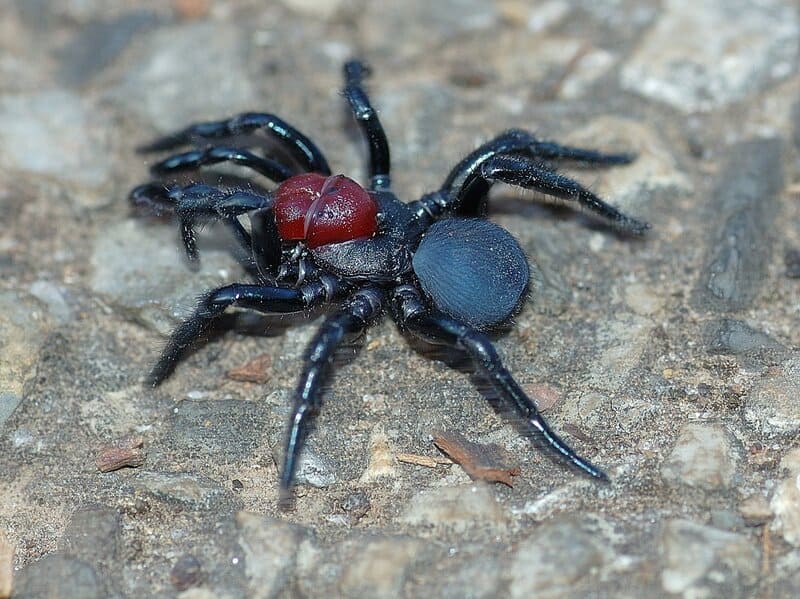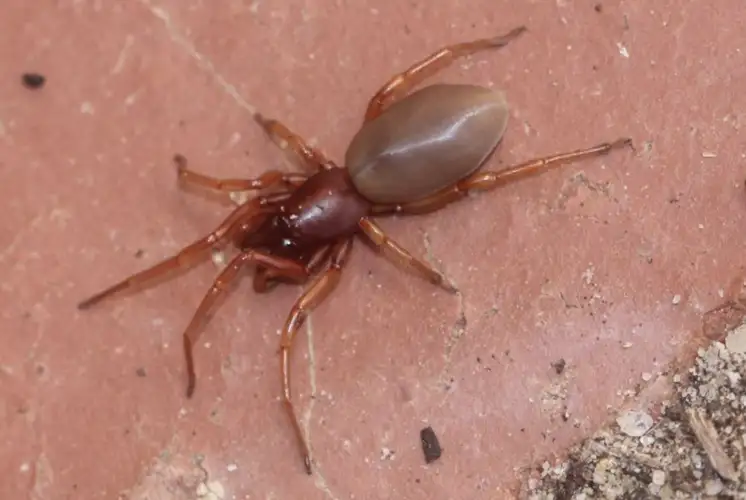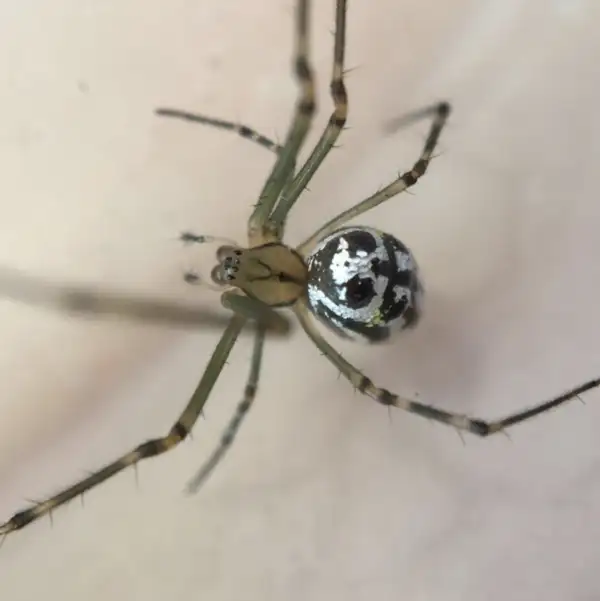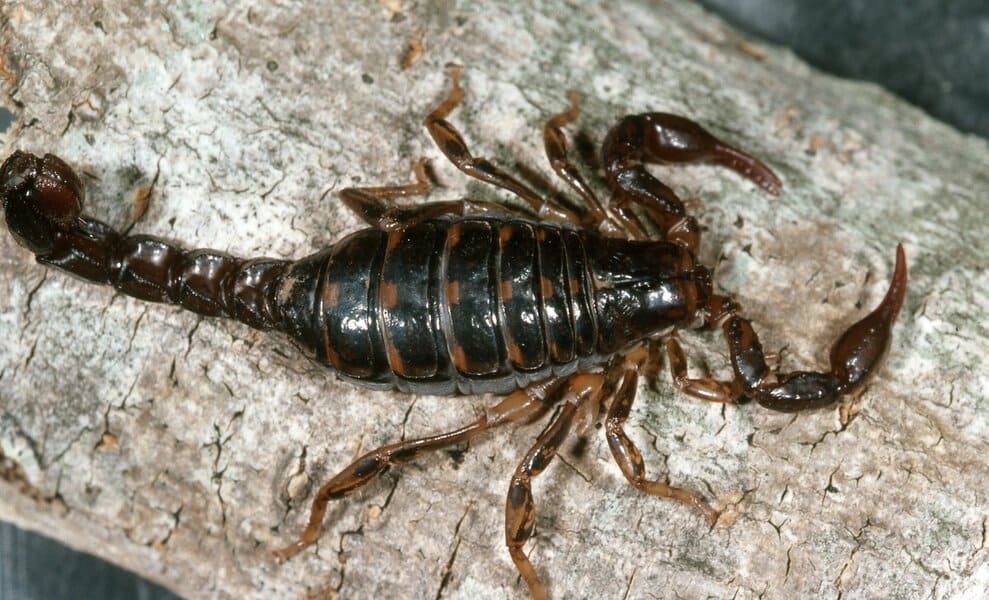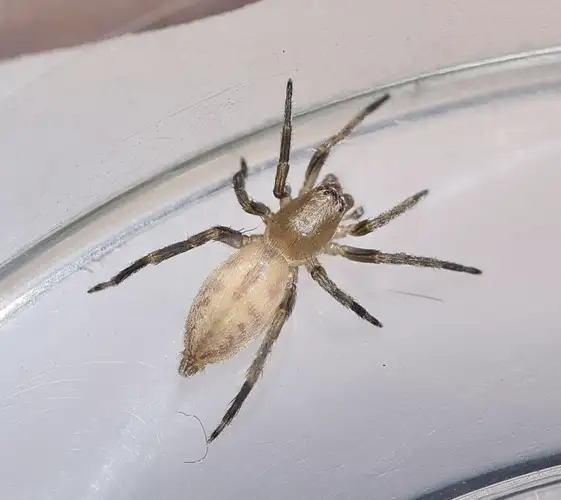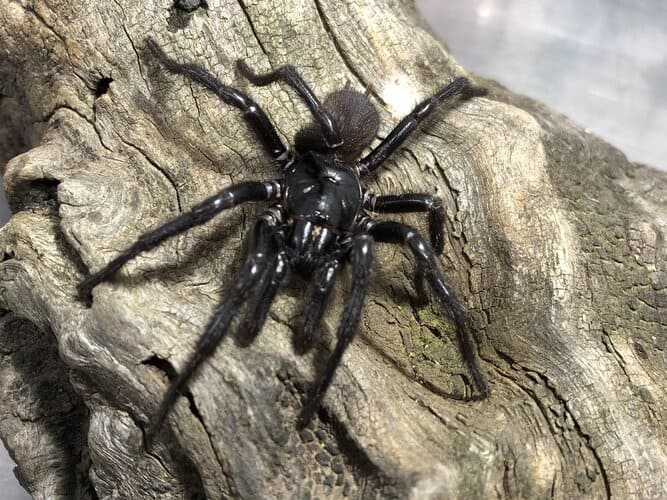Red-headed Mouse Spider
IUCN
Not evaluatedBasic Information
Scientific classification
- name:Red-headed Mouse Spider
- Scientific Name:Missulena occatoria
- Outline:Arthropoda
- Family:Actinopodidae Missulena
Vital signs
- length:Females about 20–24 mm or more in body length; males around 10–15 mm
- Weight:Up to a few grams for large females; males considerably lighter, with exact mass varying by individual
- lifetime:Females likely live 8–10+ years in their burrows; males usually survive only months to a few years after maturity
Feature
Large Australian mouse spider with bright red-headed males, deep burrows and potent neurotoxic venom; medically significant but severe envenoming is rare.
Distribution and Habitat
Widely distributed across mainland Australia in open forest, woodland, grassland and semi-arid shrubland, often in soil banks near waterways and in suburban gardens.
Appearance
Bulbous-headed mygalomorph with powerful jaws; males red-headed with blue-black abdomen, females larger, stockier and mostly dark brown to black.
Details
The Red-headed Mouse Spider (Missulena occatoria) is a large Australian mouse spider in the family Actinopodidae. Males are easily recognised by their bright red cephalothorax and striking blue-black abdomen, making this one of the most conspicuous mouse spider species.
Basic Biology
Scientific name: Missulena occatoria
Common name: Red-headed Mouse Spider
Family & genus: Actinopodidae, genus Missulena
Size: Females reach a body length of about 20–24 mm or more and are stout, short-legged spiders; males are smaller, around 10–15 mm in body length with relatively longer, slimmer legs.
Longevity: Females are thought to live many years in their burrows (around 8–10+ years), whereas males typically survive only months to a few years after reaching maturity.
Appearance
Red-headed Mouse Spiders have the characteristic bulbous head and massive jaws typical of mouse spiders, and are often mistaken for funnel-web spiders by non-specialists.
Males: Bright red cephalothorax and jaws with a dark blue to blue-black abdomen, giving a vivid two-tone appearance;
Females: Robust spiders, mostly dark brown to black with little or no red, and very strong fangs;
As mygalomorph spiders, their fangs strike downwards in a parallel motion rather than crossing like those of most house spiders.
Distribution & Habitat
Missulena occatoria is one of the most widely distributed mouse spider species. It occurs across much of mainland Australia, from open forest through woodland and grassland to semi-arid shrubland, and is especially common in parts of New South Wales and Western Australia.
Typical habitats include:
Soil banks and levees along rivers, creeks and drainage lines;
Open woodland and scrub, road verges and farmland edges;
Suburban gardens and lawns on the fringes of towns and cities.
Burrows & Behaviour
Red-headed Mouse Spiders dig deep, silk-lined burrows in the ground, sometimes extending 30–55 cm below the surface. Many burrows have two trapdoor-like lids or reinforced flaps that help conceal the entrance and provide an escape route.
Females spend most of their lives in and around the burrow entrance, ambushing passing prey. Adult males leave their burrows androam during late summer to winter, particularly after rain, searching for females. This wandering behaviour is when people are most likely to encounter them.
Diet & Ecological Role
Red-headed Mouse Spiders are nocturnal sit-and-wait predators that feed on:
Ground-dwelling insects such as beetles, cockroaches and crickets;
Other spiders and arthropods caught near the burrow;
They help regulate populations of invertebrates in their habitats, while themselves providing food for birds, small mammals and reptiles.
Venom & Medical Significance
The venom of mouse spiders, including the Red-headed Mouse Spider, contains potent neurotoxic components and in laboratory studies shows similarities to Australian funnel-web spider venom. In theory, bites can cause serious systemic effects.
However, clinical reviews of confirmed mouse spider bites indicate that most cases cause only mild to moderate symptoms, with severe envenoming being rare and no deaths documented. In the uncommon situations where significant toxicity occurs, doctors in Australia may use funnel-web spider antivenom, which appears to be effective for serious mouse spider bites.
Human Encounters & Precautions
Because males wander on the surface, especially after rain, people may encounter Red-headed Mouse Spiders on tracks, lawns or garden beds. Practical precautions include:
Wearing sturdy gloves and closed footwear when gardening or moving rocks, logs or building materials;
Avoiding putting bare hands into holes, cracks or leaf litter where spiders may be hiding;
Using a jar and stiff card, or long-handled tools, to safely contain spiders if removal is necessary, rather than handling them directly.
Any suspected bite from a mouse spider in Australia should be assessed promptly by medical staff, and first-aid procedures similar to those for funnel-web spiders may be advised.
References
Brunet, B. 2008. Spider Watch: A guide to Australian spiders. Reed New Holland.
Simon-Brunet, B. 1994. The Silken Web: a natural history of Australian Spiders.Reed Books.
Sutherland, S.K. & Nolch, G. 2000. Dangerous Australian Animals. Hyland House.
York Main, B. 1976. Spiders. Australian Naturalist Library, Sydney.
FAQ
Q1. How dangerous is the Red-headed Mouse Spider?
Its venom is potentially very toxic and may act in a similar way to funnel-web spider venom, but clinical studies show that most mouse spider
bites cause only minor or moderate symptoms, and severe envenoming is rare.
Q2. How can I recognise this species?
Adult males have a bright red head and jaws with a dark blue-black abdomen, while females are larger, stockier and uniformly dark brown to black.
Both sexes have a bulbous head region and powerful downward-striking fangs.
Q3. Where does the Red-headed Mouse Spider live?
It is endemic to mainland Australia and occupies a wide range of habitats, from open forest and woodland to grassland and semi-arid shrubland,
often near waterways and sometimes in suburban gardens.
Q4. What should I do if I think I’ve been bitten?
Treat the bite seriously, minimise movement of the affected limb and seek urgent medical attention. In Australia, clinicians may treat serious
mouse spider bites using funnel-web antivenom where indicated.

